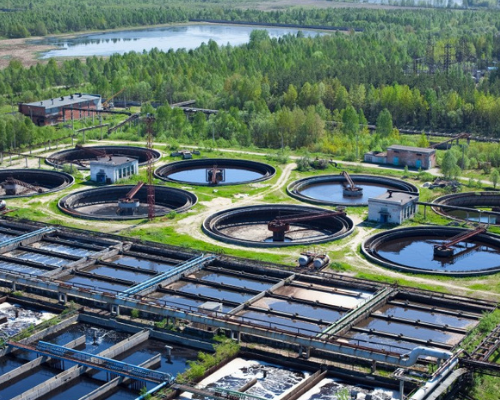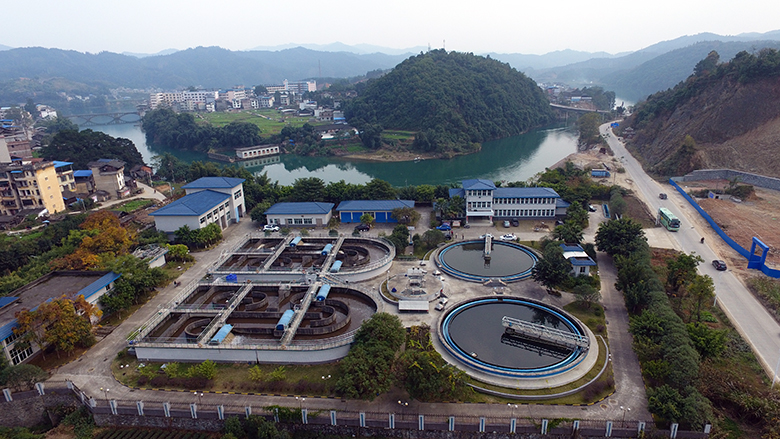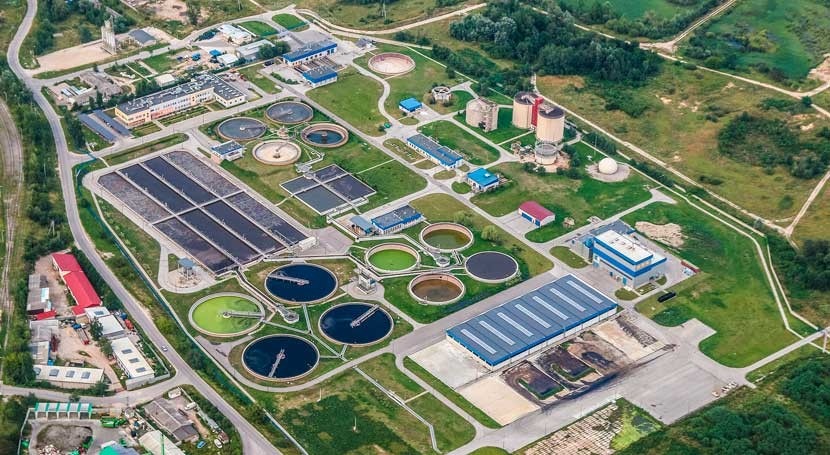A complete wastewater treatment plant for a multinational pharmaceutical plant in Taizhou, Zhejiang Province, China was completed in December 2012.



The UASB-PRO employs a new pulse process for the wastewater feed which addresses issues sometimes encountered in large UASBs relating to unbalanced feed distribution, short-circuiting inside the bioreactors and difficulties in stabilising the up-flow of wastewater within the design range. The anaerobic treatment reduces the COD loads by up to more than 85%, generating biogas which offsets the operating cost by its use for water heating.

A complete wastewater treatment plant for a multinational pharmaceutical plant in Taizhou, Zhejiang Province, China was completed in December 2012.

An extensive pilot trial based on full-scale MBR membrane modules has been conducted by the Department of Environmental Engineering and Science,

The client, a large pulp and paper mill in South Africa, produces fine paper from bagasse
Our experts are here to help!